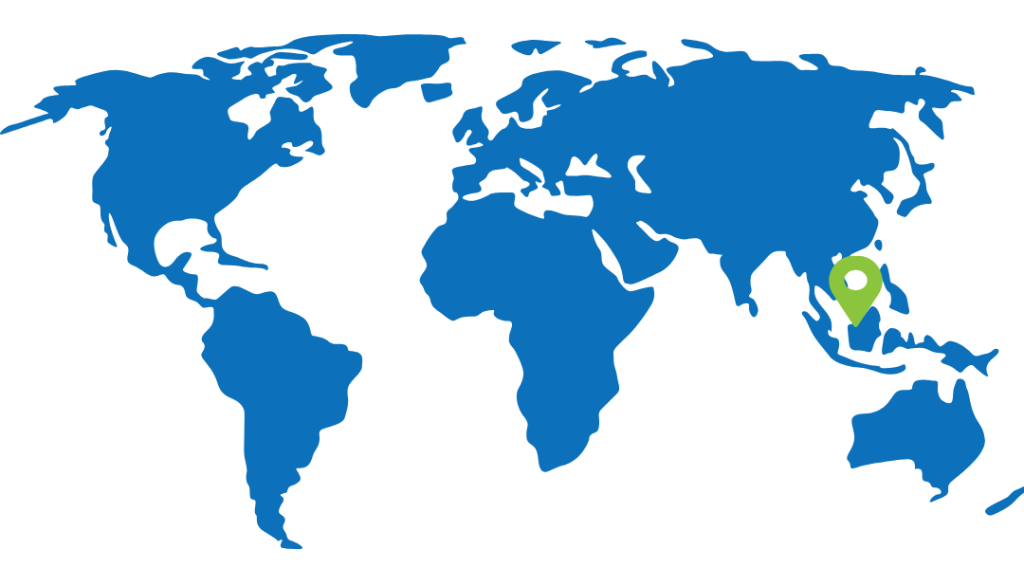The Malaysian Communications and Multimedia Commission (MCMC) has released new guidelines for the utilization of radio spectrum in the operation of Unmanned Aircraft Systems (UAS). These guidelines outline the necessary regulatory procedures and technical specifications for UAS communications, focusing on various frequency bands and essential subsystems.

Highlights of the Guidelines
MCMC’s guidelines are designed to support the safe operation of UAS by addressing the radio spectrum and certification requirements for communications equipment. These guidelines apply to all types of UAS, regardless of size, weight, or function. Some of the key information found in the guidelines includes:
UAS Communication Subsystems
- CNPC (Command and Non-Payload Communications): Critical for safe UAS operations, this system handles telecommand messages, telemetry, navigation aids, and air traffic control data.
- Payload Communications: Used for real-time data streaming, such as video links. These systems are not critical to safety but are essential for specific applications.
- DAA (Detect and Avoid): Supports collision avoidance capabilities, ensuring UAS operate safely without interfering with obstacles.
Frequency Bands Identified for UAS Use
- Terrestrial CNPC Links: The frequency band from 5030 MHz to 5091 MHz is designated for CNPC links under the Aeronautical Mobile (R) Service (AM(R)S).
- Satellite Communications: UAS satellite links can utilize the 1525 MHz to 1559 MHz and 1616 MHz to 1660.5 MHz frequency bands under the AMS(R)S and Mobile Satellite Service (MSS) allocations.
- License-Exempt Bands: Commonly used frequencies such as 433 MHz to 435 MHz, 2400 MHz to 2500 MHz, and 5725 MHz to 5875 MHz are allocated for UAS communications.
Regulatory Process for UAS Frequency Use
MCMC has set out specific procedures for utilizing these frequency bands, including the assignment of spectrum licenses via the Communication Authority (CA). However, MCMC retains the authority to determine the most appropriate frequency ranges for UAS operations.
For this article’s source information and any product certification guidance, please contact Global Validity.
Quick Country Facts
Malaysia
Certification Body: Scientific and Industrial Research Institute of Malaysia (SIRIM)
Certification Type: Mandatory
License Validity: 60 months
Application Language: English
Legal License Holder: Available with Access Manager
In-Country Testing Requirement: Available with Access Manager
Access in-depth regulatory knowledge on over 200 countries and territories with Global Validity’s free proprietary product certification management software, Access Manager. Learn more about the platform here or fill our quick contact form!
Global Validity is your partner for global certification success
Want to learn more about regulatory compliance and how we can help? Simply fill out the form below and we’ll be in touch!

